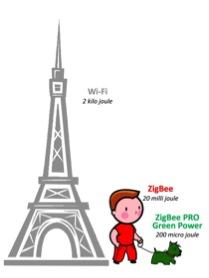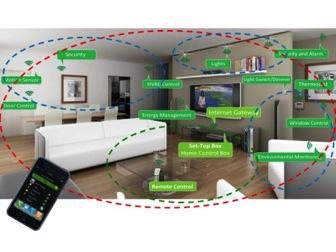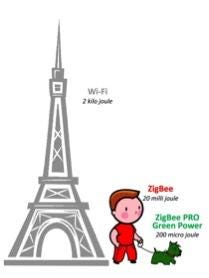March 10, 2014

The smart home device market is rapidly growing and is be driven in part by a newly emerging home service market where various cable MSOs, broadband service providers, and telcos offer a variety of new home automation and connected home services. These include home security, temperature monitoring and control, remote locking and unlocking of doors and windows, turning lights off and on, as well home health monitoring, water and gas leak monitoring, etc.

This market requires a variety of technology solutions -- sensors, controllers, and actuators -- the various devices for the Smart Home that together can be labeled as "sentrollers." In addition, the market will require set-top boxes and/or home control boxes, the central router for all the home's automated systems, as well as for entertainment and broadband access.
The interesting aspect of this is that the technologies that enable the home services space have essentially existed for many years, but until recently, their use has mostly been restricted to those early innovators who were willing to go the extra distance to make the various disparate services, hardware, and components function together. However, with the emergence and acceptance of ZigBee among the leading cable companies, telcos, service providers, etc., there's finally a standardized wireless communication technology that enables easy installation and communication between the various devices.
This is very similar to what occurred with WiFi. At first, there were many different and incompatible technologies battling for acceptance, but eventually a worldwide standard emerged in 802.11 that enabled various industries to start developing and manufacturing products that not only could talk to each other, but that would operate worldwide. A similar phenomenon is happening now with the Smart Home and ZigBee.
With Comcast leading the way, almost all cable companies have decided to embrace ZigBee and are starting to roll out set-top boxes with embedded ZigBee radio chips. Even though many of the first-generation boxes are primarily using ZigBee to provide a reliable and robust connection for local remote controls, the ZigBee connection also serves as the means for adding many other smart home and connected devices.
ZigBee is a lot like WiFi; it uses a similar radio technology, operates in the same 2.4-GHz range, transmits through walls, floors, and furniture, and can cover a good-sized home. The big difference is data rate and power requirements. Whereas WiFi is optimized for large data rates, ZigBee is optimized for small bits of information. WiFi is very effective for transmitting video, music, and voice throughout the home while ZigBee is optimized for carrying very small on and off messages from sensors. So even though ZigBee has the same range and performance as WiFi, because it carries so much less information, it requires much less power to operate.

ZigBee is suited for devices designed to operate without a connection to a power line. Sentroller devices using ZigBee can be totally wireless, making installation easy for the average consumer. With a battery embedded inside, all the consumer has to do is to turn it on and let the network find the new device. Of course, depending on the device and its function, there might be some kind of configuration process or online web dashboard to facilitate programming and setting up the device to work the way the user wants. The point is that the communication process with the existing home ZigBee network will be seamless and almost automatic, in the same way that hooking up a new WiFi device to your home network is today.
As a result of the big push by service providers to put ZigBee networks into every home, combined with the international standardization success of ZigBee, it's a great opportunity for sentroller device makers to enter the smart home market. Or, if they've already made the leap, they should add ZigBee to the communications protocols of their existing and future devices.
About the Author(s)
You May Also Like





